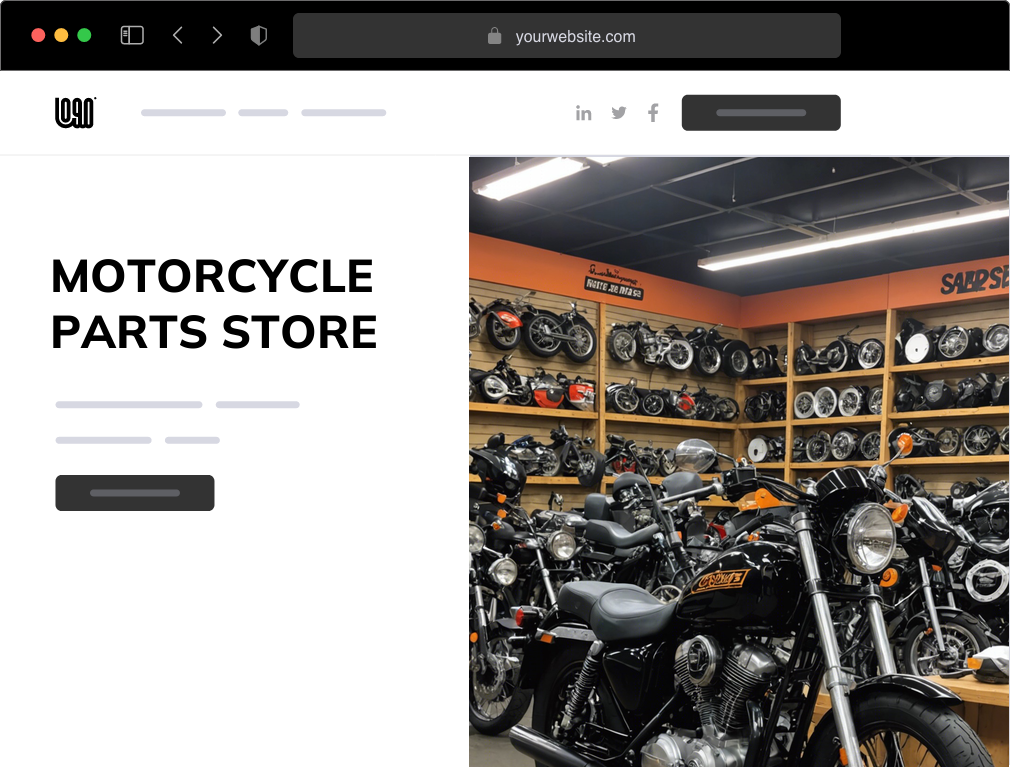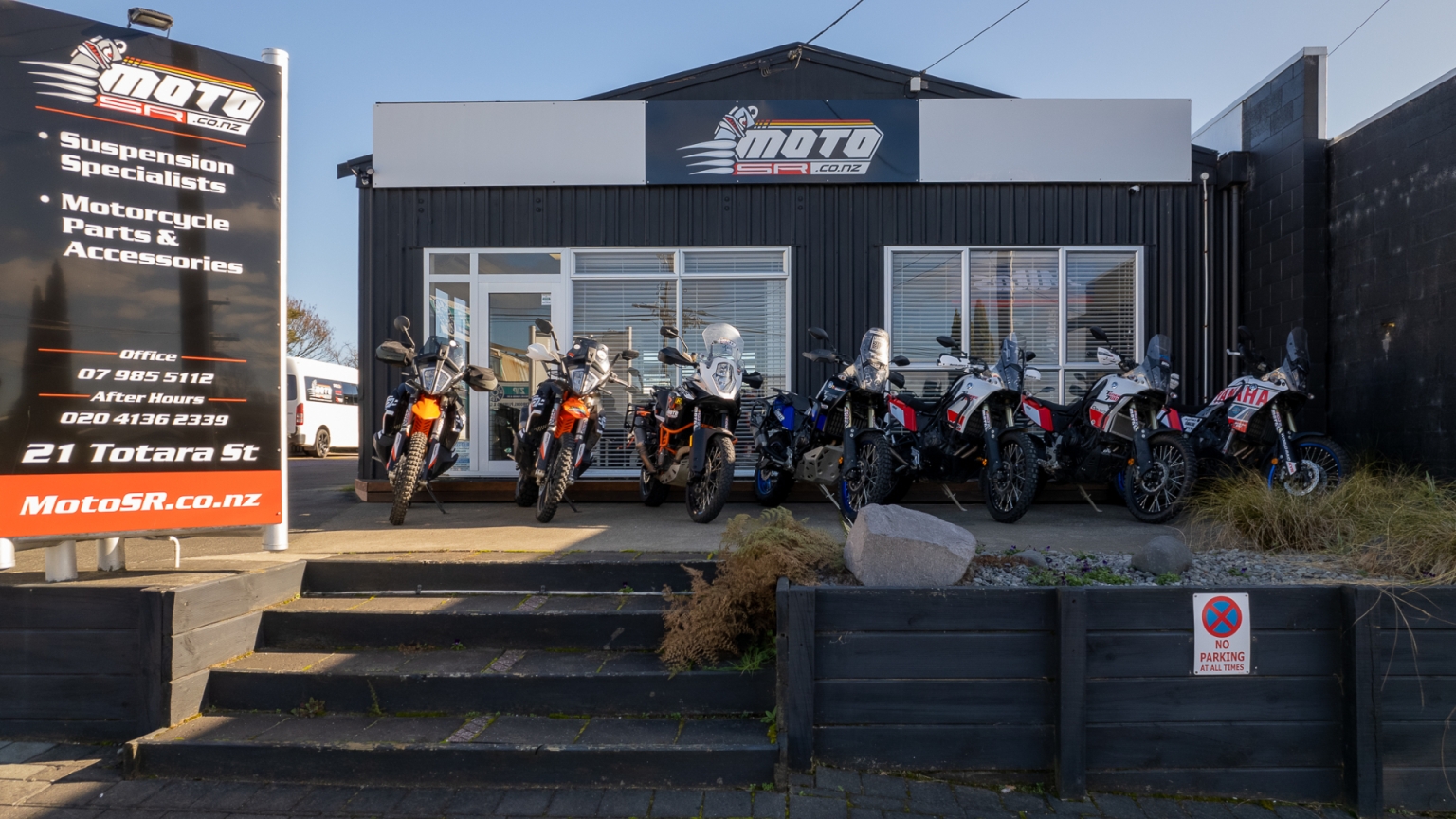Understanding the Vital Parts of a Motorcycle: A Comprehensive Overview for Lovers
For motorcycle fanatics looking to elevate their riding experience and guarantee their bikes run efficiently, recognizing the important components of a motorcycle is paramount. Each aspect, from the engine's elaborate operations to the crucial role of the stopping mechanisms, not only influences performance but additionally safety and security and convenience.
Engine Parts

The camshaft plays an essential role in managing the timing of the engine's valves, guaranteeing the exact opening and closing needed for effective fuel and air consumption, in addition to exhaust expulsion. This timing is crucial to keeping optimal engine performance and performance. Furthermore, the carburetor or gas shot system, relying on the bike design, is in charge of blending air with gas in the proper ratio for combustion.
The cooling system, either air or liquid-based, works to maintain the engine's temperature within operational limits, avoiding getting too hot and making sure longevity - motox parts nz. Each component, meticulously made and integrated, adds to the smooth operation of the engine, specifying the bike's power output and general efficiency
Transmission System
Indispensable to the motorbike's capability, the transmission system makes certain effective power transfer from the engine to the wheels. This system comprises a number of vital parts, including the clutch, gearbox, and last drive, each playing an essential duty in equating the engine's power right into motion. The clutch, generally run by a hand bar, offers to disengage the engine and involve from the transmission, permitting smooth equipment modifications and regulated velocity.
The transmission, typically described as the transmission correct, includes a set of equipments that riders can by hand shift through to readjust the bike's speed and torque result. These gears are prepared in a sequence that enables the motorcycle to accelerate efficiently and maintain optimum engine performance throughout various speeds. Many bikes make use of a consecutive gearbox, requiring the rider to move equipments in an established order.
Braking Mechanisms
While comprehending the transmission system is vital to utilizing a motorbike's power, similarly essential is the capacity to control and quit that power effectively, which is where stopping mechanisms come right into play. Brakes are essential for safety and security and efficiency, supplying the rider with the essential control to browse various surfaces and problems. Generally, bikes feature two sorts of stopping systems: disc brakes and drum brakes.
Disc brakes are a lot more widespread in contemporary motorcycles due to their superior performance. They include a brake disc, caliper, and pads. When triggered, the caliper presses the brake pads against the spinning disc, transforming kinetic power into warmth, consequently slowing down the wheel. This system provides better warm dissipation, consistent performance, and improved stopping power, specifically in damp problems.
On the other hand, drum brakes, though less usual, are still located in some motorbikes. They work by pushing brake footwear versus the inner surface area of a drum connected to the wheel. While usually much less reliable in warm dissipation and quiting power, drum brakes are simpler and much more cost-effective.
Recognizing these stopping systems' nuances enables bikers to preserve their bikes correctly and value the engineering that makes sure safe and reliable stopping.
Suspension and Guiding
Suspension and guiding systems are vital components that considerably influence a bike's handling and adventure convenience. The shock absorber, including forks at the front and shock absorbers at the rear, takes in road irregularities, enhancing security and control. Front forks, inverted or typically telescopic, compress and rebound to minimize impacts, while rear shock absorbers maintain tire call with the roadway, important for traction and safety and security.
Steering, centered around the handlebars, connects the cyclist to the bike's directional control. The guiding head bearings make certain smooth procedure, enabling precise maneuverability. Proper placement and upkeep of these bearings are important for foreseeable steering reaction and reducing rider exhaustion.
The suspension's adjustability is an additional this content essential element; preload, damping, and rebound settings permit modification to fit various riding problems and styles. This adaptability is crucial for enhancing efficiency, whether navigating city streets or tackling tough tracks. Innovations like digital suspension systems offer real-time modifications, enhancing adventure high quality throughout varied terrains.

Electric Equipments
After making sure a controlled and smooth ride with reliable suspension and steering systems, attention transforms to the electrical systems, a pivotal facet of modern bikes. These systems play an important duty not only in starting the engine yet likewise in powering numerous parts that enhance the performance and safety of the motorbike.
At the heart of a motorbike's electric system is the battery, which shops electrical energy necessary for beginning the engine and powering auxiliary systems - motocross parts nz. The generator or generator, paired with the rectifier-regulator, makes sure the battery remains charged while the motorbike functions, converting power into electrical energy and preserving voltage degrees
The ignition system, another essential part, is in charge of igniting the air-fuel blend in the engine's cyndrical tubes. Modern bikes frequently use an electronic ignition system, using better efficiency and reliability compared to Extra resources traditional systems.
Lighting systems, including headlights, tail lights, and indicators, are likewise essential, guaranteeing visibility and security for the biker. Added digital elements such as sensors, control units, and presents add to innovative attributes like gas shot management, anti-lock braking systems (ABS), and electronic control panels, better enhancing the riding experience.
Verdict
A comprehensive comprehension of a motorbike's crucial parts, including the engine, transmission system, braking systems, suspension, guiding, and electric systems, is essential for fanatics intending to optimize safety and security, efficiency, and convenience. Mastery of these aspects enables notified choices concerning upkeep and upgrades, ultimately boosting the riding experience. By incorporating this knowledge, cyclists can ensure their motorbikes run at peak effectiveness and integrity, thereby making best use of both pleasure and durability of their vehicles.
For motorcycle lovers looking to boost their riding Discover More Here experience and ensure their bikes run smoothly, comprehending the vital parts of a bike is paramount.Important to the bike's functionality, the transmission system makes sure reliable power transfer from the engine to the wheels.While recognizing the transmission system is key to utilizing a motorbike's power, just as important is the ability to manage and quit that power efficiently, which is where braking systems come right into play. Typically, motorcycles feature 2 kinds of braking systems: disc brakes and drum brakes.
A detailed comprehension of a bike's vital parts, including the engine, transmission system, stopping systems, suspension, guiding, and electrical systems, is essential for lovers aiming to enhance performance, safety and security, and comfort.